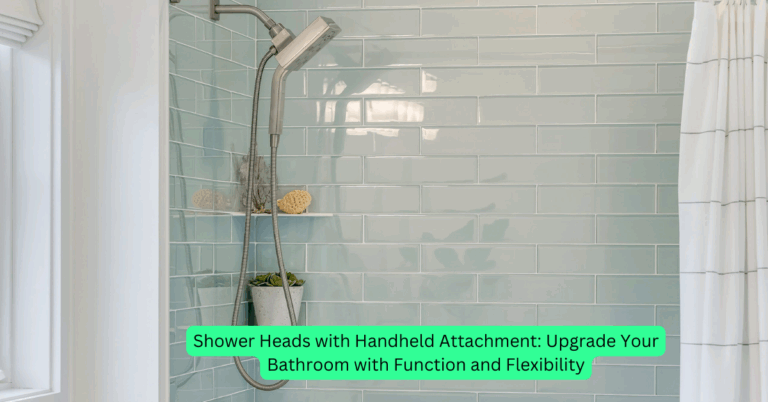LED Light Bulbs: Efficient, Long-Lasting Lighting for Every Space
If you’re looking to upgrade your lighting while saving money and energy, switching to LED light bulbs is one of the smartest choices you can make. Known for their long lifespan, energy efficiency, and superior brightness, LED bulbs are a modern solution for residential, commercial, and outdoor use. Unlike traditional incandescent or CFL bulbs, LEDs convert energy into light with minimal heat, reducing your electricity bill while providing crisp, clear illumination. Whether you’re outfitting a cozy home office or replacing outdated lighting throughout your house, LED bulbs offer performance, versatility, and eco-conscious benefits in every application.
Why LED Light Bulbs Are Better Than Traditional Options
LED bulbs outperform traditional lighting in virtually every category. They use up to 85% less energy than incandescent bulbs and last up to 25 times longer, making them a cost-effective investment over time. Because LEDs don’t rely on filaments or gases, they are more durable, less prone to failure, and more resistant to temperature changes. They also offer instant-on capabilities with no warm-up period, consistent color quality, and dimming options for custom ambiance. Whether you’re concerned about utility bills, light quality, or overall sustainability, LED technology is the clear winner for long-term illumination.
Types of LED Bulbs and How to Choose the Right One
LED light bulbs come in various shapes and sizes to suit different fixtures and needs. Standard A19 bulbs are perfect for table lamps and ceiling fixtures, while BR and PAR types work well in recessed lighting and track setups. Decorative LEDs, such as candelabra or globe bulbs, offer stylish solutions for chandeliers and vanities. When choosing a bulb, pay attention to lumens (brightness), wattage equivalency, and color temperature. For cozy, warm lighting, opt for 2700K to 3000K tones, while cool whites (4000K–5000K) are ideal for task lighting in kitchens or garages. Always check compatibility with dimmers or enclosed fixtures to ensure peak performance.
The Benefits of Smart LED Light Bulbs for Modern Homes
If you want even more control over your home lighting, smart LED bulbs are a game-changer. These bulbs connect to your Wi-Fi or smart home system, allowing you to turn them on or off, adjust brightness, or change colors using an app or voice commands. Many smart bulbs are compatible with Alexa, Google Assistant, or Apple HomeKit, making them easy to integrate into your existing smart ecosystem. Schedule lighting changes, set mood scenes, or automate lights while you’re away all with a tap or voice prompt. Smart LED bulbs combine energy efficiency with futuristic convenience, giving you full control over your environment.
How LED Bulbs Support Energy Savings and Sustainability
Energy-conscious consumers are increasingly turning to LED light bulbs for their eco-friendly advantages. Since LEDs use less electricity and last for years, they significantly reduce carbon emissions and landfill waste. Many models are also mercury-free and meet ENERGY STAR® or DLC (DesignLights Consortium) standards. Some cities and utilities even offer rebates or incentives for switching to LED lighting. For businesses and homeowners alike, the switch to LED is a simple yet powerful way to contribute to sustainability goals while enjoying lower utility bills and fewer bulb replacements. It’s a win for your wallet and the planet.
Where to Buy Quality LED Light Bulbs and What to Look For
LED light bulbs are widely available online and in stores, including retailers like Amazon, Home Depot, Lowe’s, and Walmart. Top brands such as Philips, GE, Cree, and Feit Electric offer reliable bulbs in various wattages, shapes, and features. When shopping, look for lumens over watts, color temperature (measured in Kelvin), and the estimated life span (usually 10,000 to 25,000 hours). Also check for certifications like ENERGY STAR or UL listing for safety and efficiency. Reading reviews and choosing bulbs based on specific use cases such as damp-rated or dimmable LEDs will help ensure you find the best option for your lighting needs.
FAQs
Do LED light bulbs save money over time? Yes, they use significantly less electricity and last much longer than traditional bulbs, reducing replacement and energy costs.
Can I use LED bulbs in any fixture? Most LEDs fit standard fixtures, but always check for compatibility with enclosed spaces or dimmer switches.
Are all LED bulbs dimmable? No, only specific models are dimmable check packaging to confirm.
What is the lifespan of an LED light bulb? Depending on usage, most LED bulbs last between 15,000 and 25,000 hours.
Do LED lights get hot like other bulbs? No, they emit very little heat compared to incandescent or halogen bulbs, making them safer and more efficient.
